The Enduring Legacy of Zork
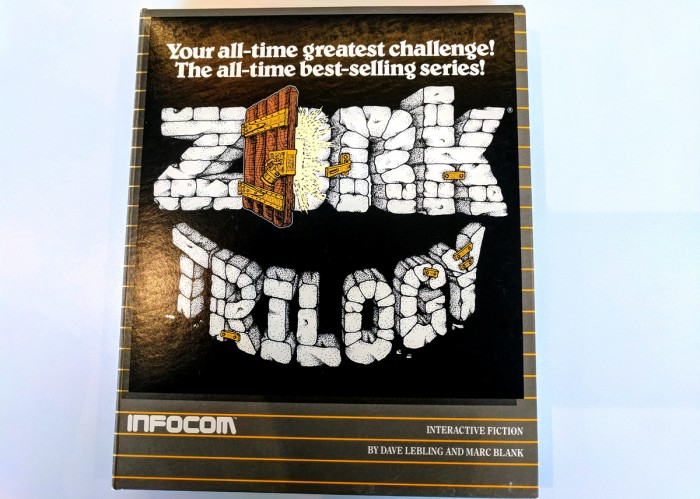
In 1977, four recent MIT graduates who’d met at MIT’s Laboratory for Computer Science used the lab’s PDP-10 mainframe to develop a computer game that captivated the world. Called Zork, which was a nonsense word then popular on campus, their creation would become one of the most influential computer games in the medium’s half-century-long history.
The text-based adventure challenged players to navigate a byzantine underground world full of caves and rivers as they battled gnomes, a troll, and a Cyclops to collect such treasures as a jewel-encrusted egg and a silver chalice.
During its 1980s heyday, commercial versions of Zork released for personal computers sold more than 800,000 copies. Today, unofficial versions of the game can be played online, on smartphones, and on Amazon Echo devices, and Zork is inspiring young technologists well beyond the gaming field.
It’s an impressive legacy for a project described by its developers as a hobby, a lark, and a “good hack.” Here’s the story of Zork’s creation, as recounted by its four inventors—and a look at its ongoing impact.
Tim Anderson, Marc Blank, Bruce Daniels, and Dave Lebling—who between them earned seven MIT degrees in electrical engineering and computer science, political science, and biology—bonded over their interest in computer games, then in their infancy, as they worked or consulted for the Laboratory for Computer Science’s Dynamic Modeling Group. By day, all of them but Blank (who was in medical school) developed software for the U.S. Department of Defense’s Advanced Research Projects Agency (DARPA), which funded projects at MIT. On nights and weekends, they used their coding skills—and mainframe access—to work on Zork.
In early 1977, a text-only game called Colossal Cave Adventure—originally written by MIT grad Will Crowther—was tweaked and distributed over the Arpanet by a Stanford graduate student. “The four of us spent a lot of time trying to solve Adventure,” says Lebling. “And when we finally did, we said, ‘That was pretty good, but we could do a better job.’”
By June, they’d devised many of Zork’s core features and building blocks, including a word parser that took words the players typed and translated them into commands the game could process and respond to, propelling the story forward. The parser, which the group continued to fine-tune, allowed Zork to understand far more words than previous games, including adjectives, conjunctions, prepositions, and compound verbs. That meant Zork could support intricate puzzles, such as one that let players obtain a key by sliding paper under a door, pushing the key out of the lock so it would drop onto the paper, and retrieving the paper. The parser also let players input sentences like “Take all but rug” to scoop up multiple treasures, rather than making them type “Take [object]” over and over.
Vibrant, witty writing set Zork apart. It had no graphics, but lines like “Phosphorescent mosses, fed by a trickle of water from some unseen source above, make [the crystal grotto] glow and sparkle with every color of the rainbow” helped players envision the “Great Underground Empire” they were exploring as they brandished such weapons as glowing “Elvish swords.” “We played with language just like we played with computers,” says Daniels. Wordplay also cropped up in irreverent character names such as “Lord Dimwit Flathead the Excessive” and “The Wizard of Frobozz.”
Within weeks of its creation, Zork’s clever writing and inventive puzzles attracted players from across the U.S. and England. “The MIT machines were a nerd magnet for kids who had access to the Arpanet,” says Anderson. “They would see someone running something called Zork, rummage around in the MIT file system, find and play the game, and tell their friends.” The MIT mainframe operating system (called ITS) let Zork’s creators remotely watch users type in real time, which revealed common mistakes. “If we found a lot of people using a word the game didn’t support, we would add it as a synonym,” says Daniels.
The four kept refining and expanding Zork until February 1979. A few months later, three of them, plus seven other Dynamic Modeling Group members, founded the software company Infocom. Its first product: a modified version of Zork, split into three parts, released over three years, to fit PCs’ limited memory size and processing power.
Nearly 40 years later, those PC games, which ran on everything from the Apple II to the Commodore 64 in their 1980s heyday, are available online—and still inspire technologists. Ben Brown, founder and CEO of Howdy.ai, says Zork helped him design AI-powered chatbots. “Zork is a narrative, but embedded within it are clues about how the user can interact with and affect the story,” he says. “It’s a good model for how chatbots should teach users how to respond to and use commands without being heavy-handed and repetitive.” For example, the line “You are in a dark and quite creepy crawlway with passages leaving to the north, east, south, and southwest” hints to players that they must choose a direction to move, but it doesn’t make those instructions as explicit as actually telling them, “Type ‘north,’ ‘east,’ ‘south,’ or ‘southwest.’” Brown’s chatbot, Howdy, operates similarly, using bold and highlighted fonts to draw attention to keywords, like “check in,” and “schedule,” that people can use to communicate with the bot.
Jessica Brillhart, a filmmaker who creates virtual-reality videos, also cites Zork as an influence: “It provides a great way to script immersive experiences and shows how to craft a full universe for people to explore.”


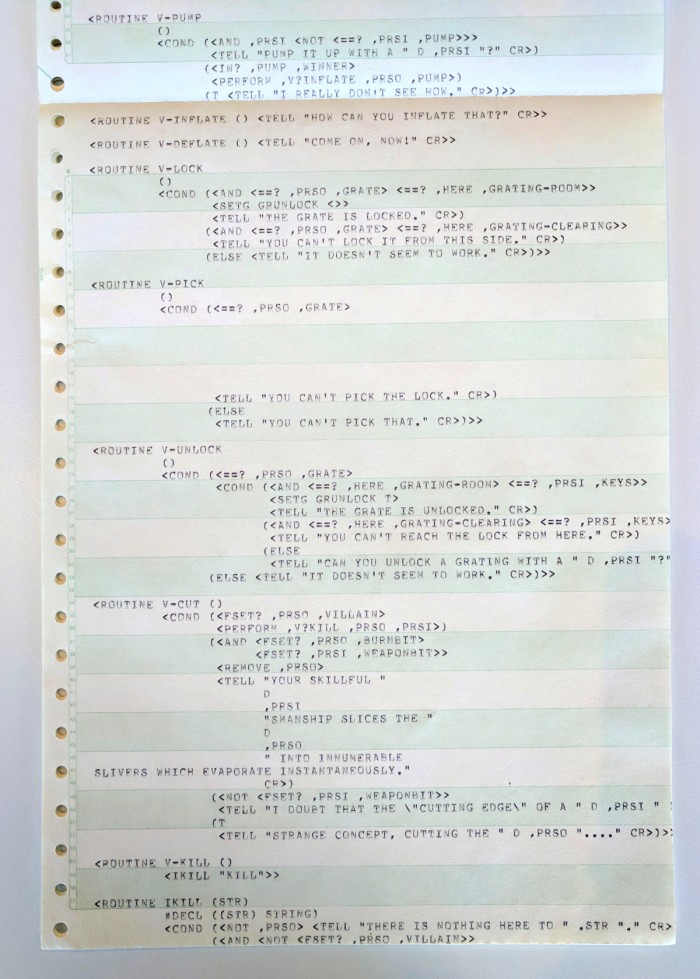
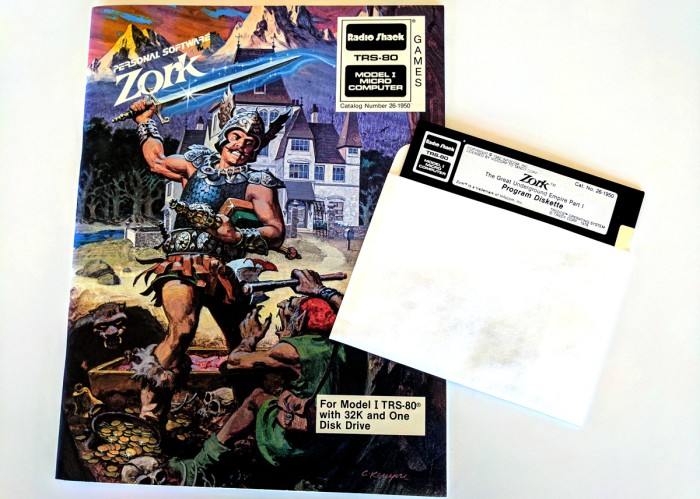
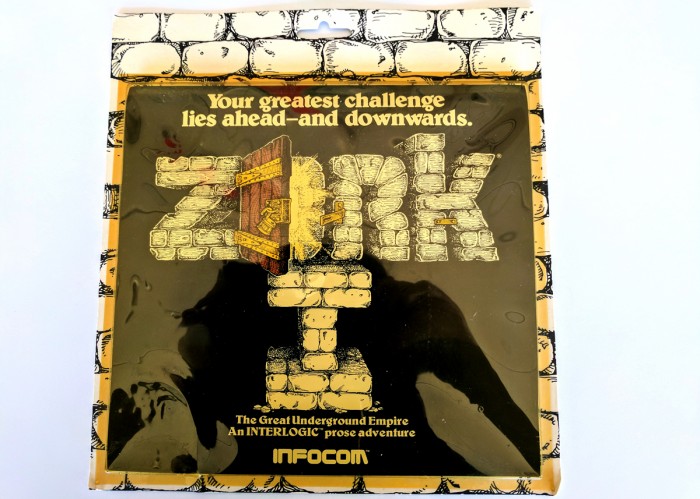
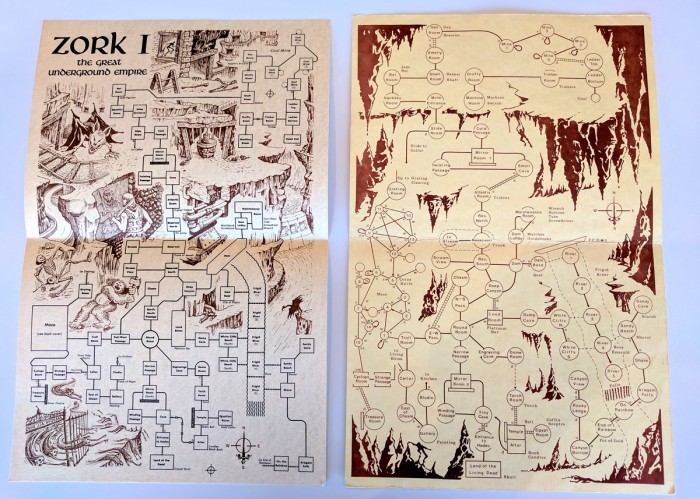
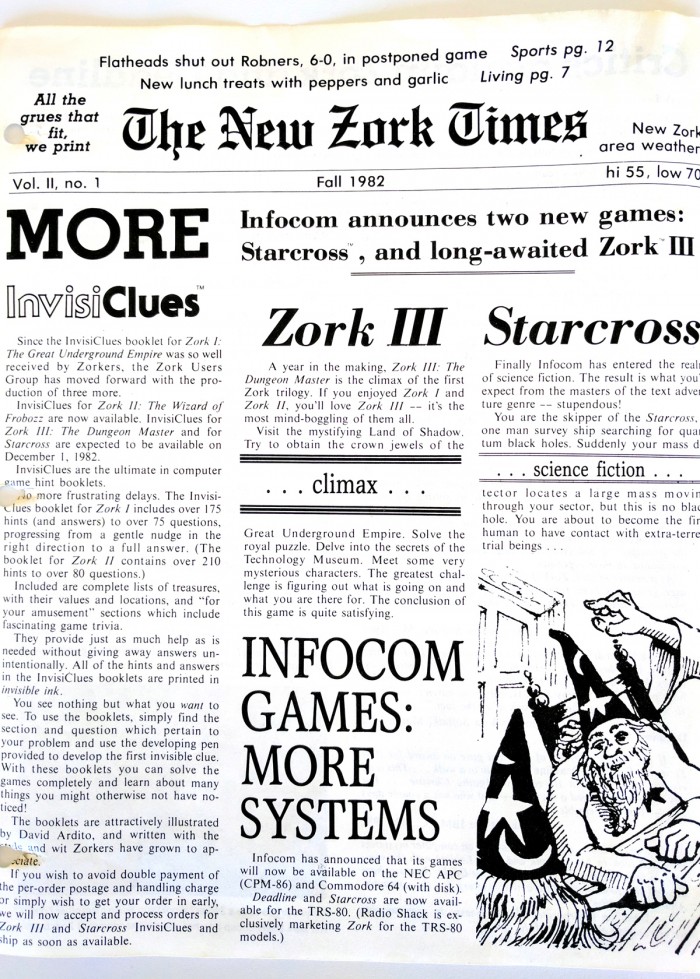

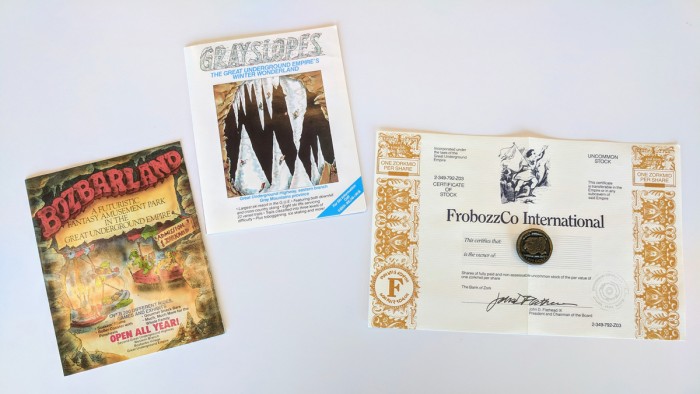


Keep Reading
Most Popular
Large language models can do jaw-dropping things. But nobody knows exactly why.
And that's a problem. Figuring it out is one of the biggest scientific puzzles of our time and a crucial step towards controlling more powerful future models.
How scientists traced a mysterious covid case back to six toilets
When wastewater surveillance turns into a hunt for a single infected individual, the ethics get tricky.
The problem with plug-in hybrids? Their drivers.
Plug-in hybrids are often sold as a transition to EVs, but new data from Europe shows we’re still underestimating the emissions they produce.
Stay connected
Get the latest updates from
MIT Technology Review
Discover special offers, top stories, upcoming events, and more.